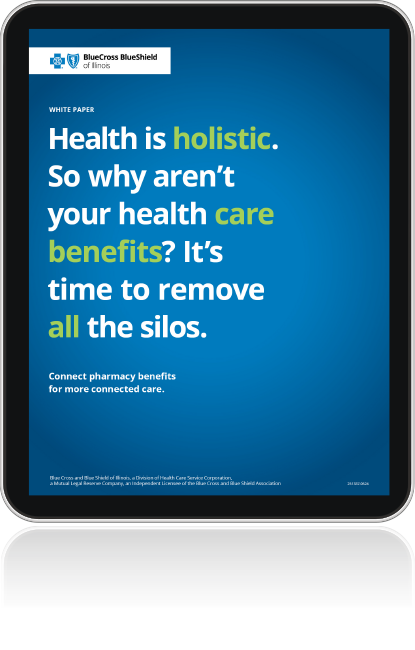$100 BILLION
The cost of treating autoimmune diseases is estimated at more than $100 billion annually in the U.S.4 Gastrointestinal diseases have many causes, including autoimmune issues. One example is Crohn’s Disease, a costly, chronic illness with drug costs overtaking inpatient hospital expenses as the top cost driver.
26% LESS
One way to push back against these costs is to have integrated medical and pharmacy benefits. Improved management of GI diseases like Crohn's Disease has resulted in a 26% reduction in costs, a savings of $121 PMPM/$1,452 PMPY.5
